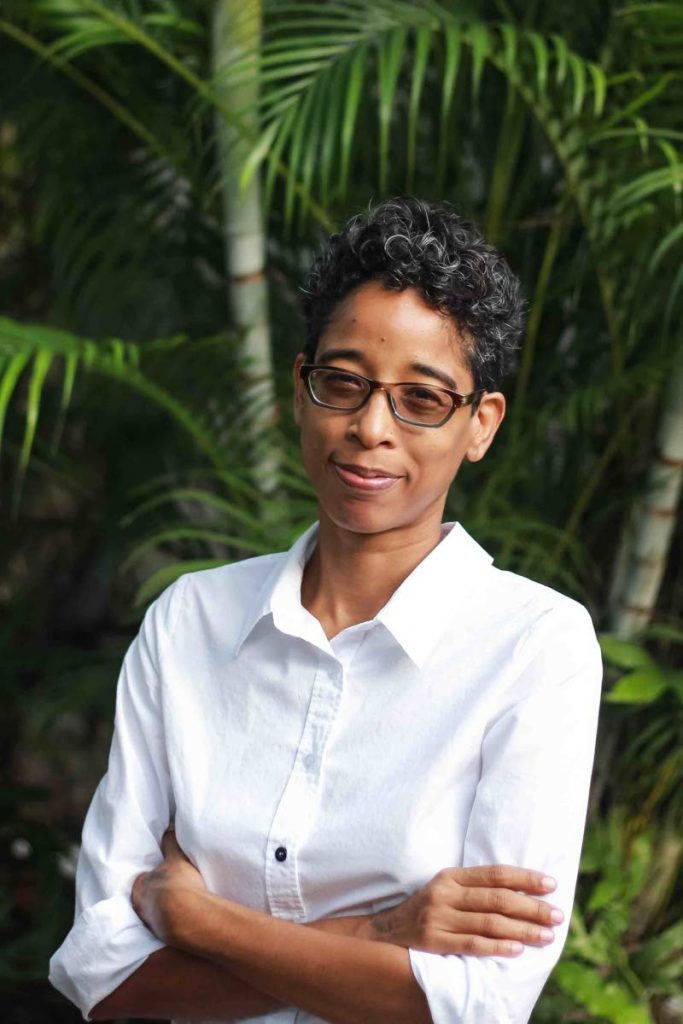Island stories with island perspectives

So Many Islands is a new anthology of compelling poems, short stories, and essays from writers of Commonwealth islands. It is a compilation of some of hundreds of submissions from the Caribbean, the Pacific Islands, the Indian Ocean, and the Mediterranean.
The book’s editor, Nicholas Laughlin explained that the idea started with the literacy programme of the Commonwealth Foundation, Commonwealth Writers. One of the objectives of the programme was to collect writings from Commonwealth, small-island countries that traditionally do not have strong publishing sectors, since they consist of scattered islands with small populations, making shipping expensive. In mid 2016, Commonwealth Writers put out a worldwide call for submissions for the book, via its network of international partners.
“One of the interesting challenges was that, from the beginning we decided we wouldn’t have more than one piece from any one country, because we wanted to represent as many countries as possible.”
He said there were eight or nine pieces from TT that he would have liked to publish, but he, co-editor Nailah Imoja from Barbados, and the Commonwealth Writers team had to choose just one. In addition, they originally aimed for 15 pieces, but there were 17 in the completed book, as they felt drawn to the pieces and had to know what happened to the characters.
So Many Islands includes writings by Tracy Assing of TT; Heather Barker of Barbados; Angela Barry from Bermuda; Cecil Browne of St Vincent and the Grenadines; Tammi Browne-Bannister of Antigua and Barbuda; Sabah Carrim from Mauritius; Damon Chua from Singapore; Marita Davies of Kiribati; Fetuolemoana Elisara from Samoa; Kendel Hippolyte of St Lucia; Erato Ioannou of Cyprus; Emma Kate Lewis from Malta; Karlo Mila of Tonga; Jacob Ross from Grenada; Melanie Schwapp of Jamaica; Mere Taito of Rotuma, Fiji; and Mikoyan Vekula of Niue.
One of the two essays in the book was by Assing, who wrote on her Santa Rosa Carib ancestry. “She wrote about her indigenous heritage, talking to her father, telling a family story with a lot of the history. She brought up things like land and mineral rights, and addressed some of these issues about why our indigenous people, for so long, were written out of our national story.”
It also includes an introduction by Jamaican novelist and winner of the 2015 Man Booker Prize, Marlon James, and an afterword by Samoan poet and novelist Sia Figiel. He said the Commonwealth Writers team was very appreciative of the introduction by James. “We were thrilled that he agreed to read the book and then write an introduction. He wrote some very interesting things, using it as an opportunity to reflect on what it meant for him to be a writer from a small island. It is worth reading. It is almost like the lagniappe.”
Laughlin said there were many factors in the choice of each of the 17 pieces, including quality, whether or not it discussed an issue that would not usually make it into books, or if it was a story no one had heard before. He described them as island stories with island perspectives that could talk to people from anywhere. He noted that many of the writers no longer lived where they were born, so they wrote about ideas of home, returning home, and feeling torn between two places, as well as climate change, women’s rights, LGBT issues, history and culture. He added that the pieces from the Pacific tended to be poetry about cultural appropriation, and nuclear testing and its repercussions.
“It’s very clear, reading the pieces, that they could only have been written by people from islands. The stories are about small places or places that feel too small – not just the actual geography of the place but the thinking and imagination of some of the people there, in places that are bounded by the sea.”
“So many of the stories are good, compelling stories. It happens that these are all island stories but in terms of the twists in the plot, the characters, the way they’re written and the voices that you hear – they’re just some really good pieces of writing in this book.”

Laughlin said he was gratified that the book’s name, So Many Islands, came from the poem, The Schooner Flight, by Nobel prizewinner, St Lucian poet and playwright Derek Walcott. He also expressed pride that the book was published under the Peekash Press imprint, for which Bocas Lit Fest took over responsibility in 2017.
So Many Islands was the fourth book published under the Peekash Press imprint, which was dedicated to publishing the work of emerging Caribbean writers. It began as a partnership between Peepal Tree Press in the United Kingdom, and Akashic Books in the United States, and evolved from Bocas Lit Fest’s CaribLit initiative, which was in partnership with Commonwealth Writers and the British Council.
Laughlin has been a member of the Bocas Lit Fest team from its 2011 inception and is now its programme director. He is also the editor of Caribbean Airlines in-flight magazine, Caribbean Beat, and co-director of Alice Yard in Woodbrook. He told Sunday Newsday he previously edited Letters from London (Prospect Press, 2003), a collection of essays by CLR James; and a revised, expanded edition of Letters Between a Father and Son (Picador, 2009), VS Naipaul’s family correspondence.
So Many Islands will have a formal book launch at 7pm on January 17 at Medulla Art Gallery, Woodbrook. It is available now at Paper Based at the Hotel Normandie, Metropolitan Book Suppliers Ltd, and the Nigel R Khan.


Comments
"Island stories with island perspectives"